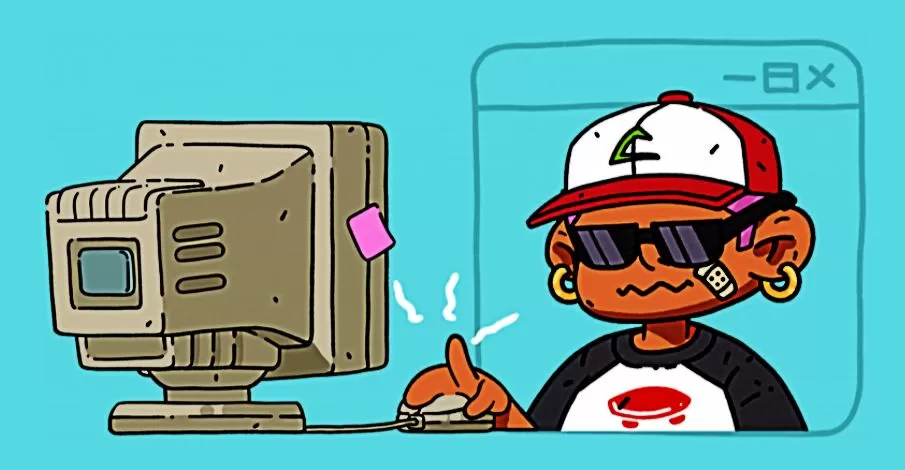If you don’t know about them yet, you will hear about them soon – NFT games are now developing along with crypto art, and users spend millions of dollars on in-game purchases.
Now the NFT games industry is only at the stage of its inception since the technology is not known to such a wide circle of people. Often there are scam projects, and most of these games look like browser toys from a decade ago. In the future, this technology will develop, gain more and more popularity and become a means of earning for thousands of people. Your attention is a short instruction on how to make an NFT game.
Features of NFT Games
NFTs are part of blockchain technology – decentralized networks that store records of transactions made by users. Each entry is called a token. Cryptocurrencies (Bitcoin, Ethereum, and others) are fungible tokens. One bitcoin is always equal to another like euros or dollars are equal. Each NFT is unique and has its value due to the smart contract built into it.
NFT game architecture implies tokens as identification of game items. The user receives a “certificate of authenticity” for a weapon, equipment, or any other object, due to which he can resell it profitably. Among gamers, rare, collectible items are especially valued.
NFT Game Development with Moralis
But how to create an NFT game if I have no experience? The fastest way is to use the services of studios, and the longer and more reliable way is to gain experience. The NFT has a large community that will easily introduce you to all the details and features, among which there will definitely be Moralis. Moralis is often found in the recommendations when asked how to make NFT games, and this is not hard. The fact is that this is the simplest and fastest tool for making an NFT game.
Correctly Build NFT Game
To create an NFT game, you will first need programming knowledge. When it comes to building apps, game development can be relatively burdensome. An even more difficult task is to develop games for a decentralized web. This is because Web3 development lacks fundamental development tools. However, with the right set of tools, game development shouldn’t be that difficult, and for Web3 development, Moralis is the best tool. But for a better understanding of how to make NFT games, five main stages can be distinguished.
- Development of NFT game ideas. The designer describes the game’s plot and how it can be monetized in the design document.
- Development. Design. Programming. This stage contains the main part of the entire project.
- Connection of tokens and smart contracts. Developers bind tokens to objects and set up smart contracts responsible for the security of transactions. Building NFT games without smart contract protection would be a big mistake and could lead to data leaks and loss of funds.
- Bringing NFT to the exchange. Creating an NFT game is not enough; you must ensure that it meets its name and can bring money to players. Tokens are put up for sale through verified platforms.
- Income Conversion. Transferring profits from cryptocurrency into real money. You can use the WAX, AtomicHub, and NeftyBlocks platforms to create and sell NFTs. On these exchanges, you can profitably sell tokens of any subject. Objects from new promising projects sell and lots from well-known, popular collections.
The greatness of NFT is that you can sell every pixel, every character stat, and everything in the game. In general, even modern character concept art design can positively influence the game’s popularity and attract investment. Of course, to build an NFT game, beautiful characters and graphics are not enough; the gameplay and player interaction also requires special attention from developers. You can create your own NFT game template, it may take a decent amount of time, but the result will be much better and the game will stand out from others. For a more detailed guide, more information would be needed, so we hope we were able to briefly answer the question of how to create NFT games.
Future of NFT Games
Every year new applications for blockchain technology open up. From a “toy for programmers,” NFTs are turning into a full-fledged business too for NFT artists. Tokens provide data security, bring additional income, simplify financial transactions, and the enjoyable gameplay of your favorite game always positively affects income. It takes at least six months to create a regular game. Adding NFT to the mechanics increases the development time by 1-2 months. During this time, programmers connect smart contracts, link tokens to cryptocurrency, set up work with crypto wallets, etc. Therefore, it is important to understand that even though NFT is a fairly active direction in the blockchain, smooth and measured, time management is still required.
